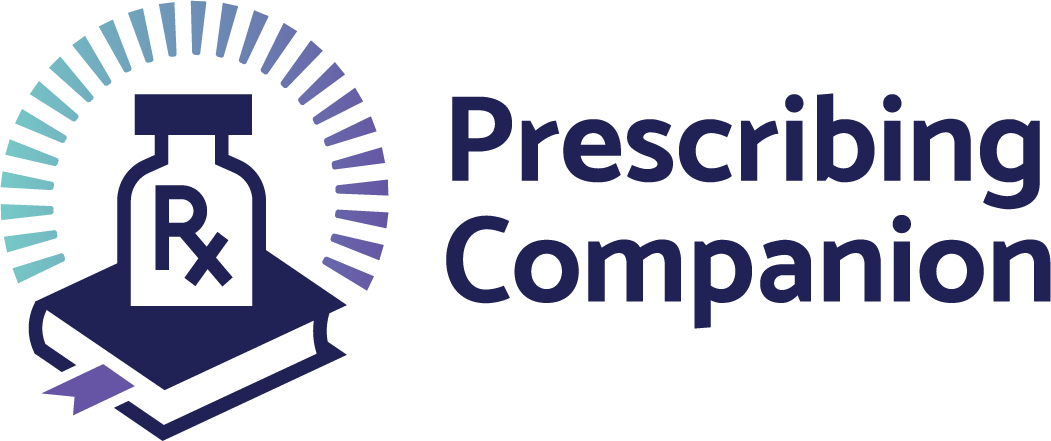Keratitis
exp date isn't null, but text field is
BACTERIAL KERATITIS
CLINICAL DESCRIPTION
Corneal inflammation caused by bacterial infection
Risk factors: Contact lens wear, trauma, ocular surface disease (such as herpetic keratitis, bullous keratopathy, and dry eyes), chronic blepharitis, trichiasis, and exposure keratopathy, severe allergic eye disease and corneal anesthesia). Other factors include topical or systemic immunosuppression such as diabetes, vitamin A deficiency and measles.
CLINICAL FEATURES
SIGNS AND SYMPTOMS
- Painful red eyes, photophobia, blurred vision, mucopurulent or purulent discharge, circumlimbal injection and corneal opacities ± oedema ± anterior uveitis,
- May complicate with limbal and scleral extensions, corneal perforations and endophthalmitis.
INVESTIGATIONS
- Corneal scrapings (microscopy, culture, sensitivity)
TREATMENT
- Topical antibiotics
- Initially at hourly intervals day and night for up to 48 hours. Later reduced to 2-hourly during waking hours for a further 48 hours then every 6hrs for 7 days or until the epithelium has healed.
- Consider using eye ointments e.g., Chloramphenicol eye ointment 1% or Tetracycline eye ointment 1%
- Oral antibiotics
- Give Ciprofloxacin 750mg every 12hrs 7-10 days or Augmentin 625mg every 12hrs 7-10 days (in threatened or actual corneal perforation or a peripheral ulcer in which there is scleral extension, for isolates for which there are potential systemic complications e.g., N. Meningitides}.
- Subconjunctival antibiotics
- Only indicated if there is poor compliance with topical treatment.
- Cycloplegics (Atropine 1% gut every 12hrs or Cyclopentolate 1% gut every 8hrs).
- Topical steroids therapy to reduce corneal scarring ONLY after the ulcer has been sterilized and fungal infection has been excluded.
- RED FLAGS:
- Consider using a bandage contact lens in impending or actual corneal perforation
- Counsel patient and guardians on visual prognosis
VIRAL KERATITIS
CLINICAL DESCRIPTION
Corneal inflammation caused by viral infection.
CLINICAL FEATURES
SIGNS AND SYMPTOMS
- Painful red eyes, photophobia, blurred vision, circumlimbal injection and corneal opacities ± oedema ± anterior uveitis,
- Corneal staining in a dendritic pattern, reduced corneal sensitivity
INVESTIGATIONS
- Corneal scrapings (microscopy, culture, sensitivity)
TREATMENT
- Treatment of epithelial keratitis
- Topical Acyclovir 3% ointment five times daily.
- Acyclovir 200–400 mg PO five times a day for 5–10 days indicated in immunodeficient patients, children, and patients with marked ocular surface disease.
- Debridement may be used for dendritic but not geographic ulcers.
- The majority of dendritic ulcers will eventually heal spontaneously without treatment.
- Treatment of Disciform Keratitis
- Initially with topical steroids (Prednisolone 0.5% eye drops) with Acyclovir 5% eye ointment both EVERY 6HRS for 4 weeks, then tapering of both can be done
- A weak steroid such Fluorometholone 0.1% on alternate days maybe used subsequently for several months
- Treatment of Stromal Necrotic Keratitis
- Lowest effective topical steroid therapy to control inflammation
- Topical Acyclovir 5% eye ointment five times a day
- Oral Acyclovir (400mg every 12hrs for a year) to reduce the rate of recurrent epithelial and stromal keratitis. The benefit is greatest in patients with frequent debilitating bilateral disease or if involving an only eye.
FUNGAL KERATITIS
CLINICAL DESCRIPTION
Corneal inflammation caused by fungal infection.
CLINICAL FEATURES
SIGNS AND SYMPTOMS
- Painful red eyes, Photophobia, blurred vision, mucopurulent discharge
- Circumlimbal injection, corneal infiltrates with feathery margins
- May complicate to endophthalmitis (independent hypopyon)
INVESTIGATIONS
- Corneal scrapings (microscopy, culture, sensitivity)
TREATMENT
- Epithelial debridement over the lesion enhances penetration of antifungal agents.
- Topical treatment initially hourly for 48 hours and then reducing as signs permit.
- Use topical Natamycin 5% gutt or Econazole 1% gutt, Amphotericin B 0.15%, Miconazole gutt 1% or Voriconazole 1 or 2% for either filamentous or candida infections.
- Subconjunctival Fluconazole may be used in severe cases with hypopyon.
- Systemic anti-fungals may be required for severe keratitis or endophthalmitis such as Fluconazole 200mg twice daily for a week or Voriconazole 400 mg twice daily for one day then 200 mg twice daily, Itraconazole 200 mg once daily, reduced to 100 mg once daily.
- Cycloplegics (Atropine 1% gutt every 12hrs or Cyclopentolate 1% gutt EVERY 8HRS.
- Ciprofloxacin eye drops 0.3% EVERY 6HRS should also be used as bacterial coinfection is common.
